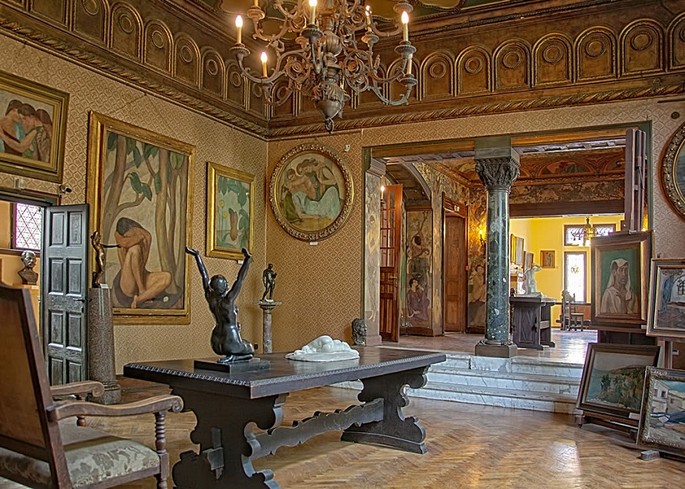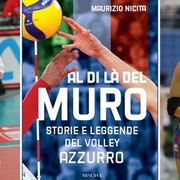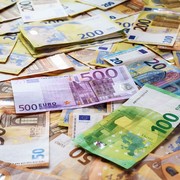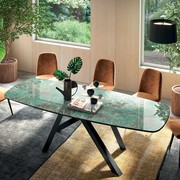The story of the Melik House starts somewhere between 1750 and 1760, when it is estimated to have been built. Later on, the house was bought by Kevork Nazaretoglu, a wealthy Armenian merchant. He left it as inheritance to his son, Agop Nazaretoglu. After his death, the house passes into his wife's possession. Ana married Jacob Melik and together they decide to keep the house, which required major renovation.
The Melik spouses kept the original style of the house. Supporters of the 1848Revolution, the two offered the revolutionaries Ion Heliade Rădulescu, C.A. Rosetti şi Ion C. Brătianu the attic of the house, to take refuge in.
The Melik house’s style is representative for the traditional Romanian architecture, presenting the plan of a country boyar manor house. The traditional style includes: the upstairs porch (closed with windows), the interior wooden ladder with wide eaves roof. The round shutters, of Turkish influence, come out of the traditional Romanian patterns.
Since 1971, upon the wish of art collector Gheorghe Răut, the house has been a museum. He donated some of his collections to the Romanian State and, impressed by the beauty of the Melik House, demanded that these collections be exhibited here and that the museum would bear the name of his good friend Theodor Pallady (one of the most important Romanian painters).
Currently, the museum hosts the collection of Serafina and Gheorghe Răut spouses, which includes several paintings and a collection of over 800 drawings and engravings signed by Theodor Pallady.
The collection is supplemented by paintings of the 16th-19thcenturies from the European area: French painting (Lubin Baugin, Edmond Aman Jean, and Carolus Duran), Dutch painting (Jan van de Cappelle), English, Spanish, and Romanian paintings. Ancient Greek-Roman, Egyptian, Indian sculpture pieces, Renaissance sculpture (Italian and French) pieces, textiles, furniture, oriental ceramics and other decorative art objects are added.
The house and its exhibits represent an impressive artistic complex that it is worth visiting and appreciating.
Bibliography:
























